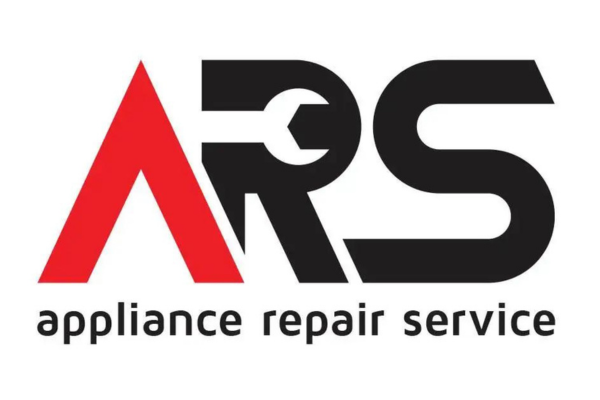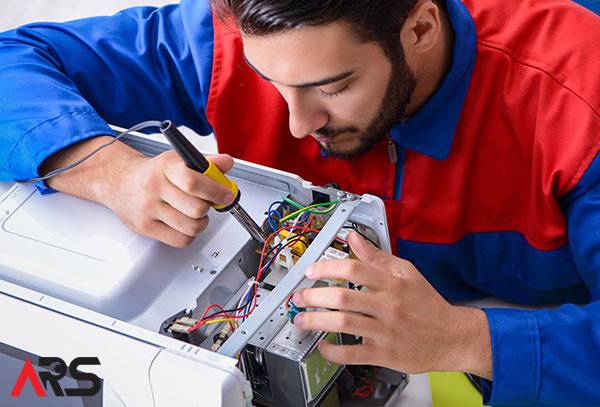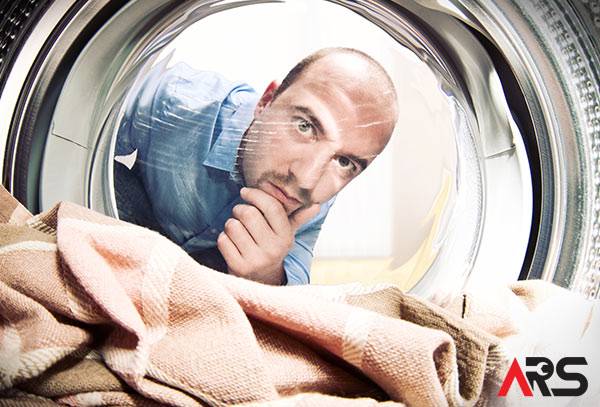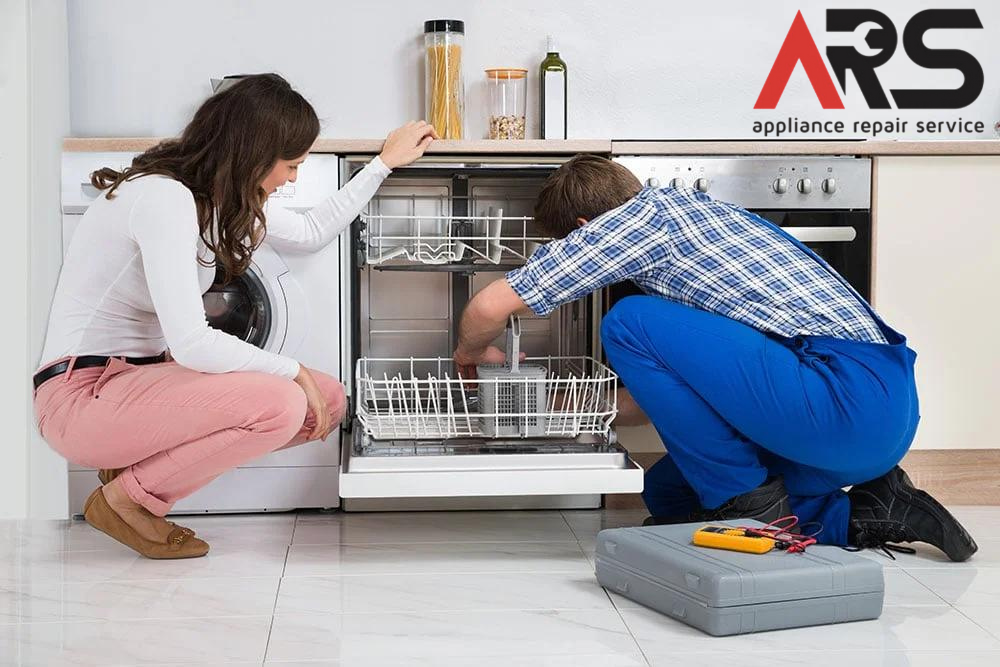Modern washing machines are marvels of engineering, combining mechanical systems, electrical components, and software controls to deliver spotless laundry with minimal human intervention. Yet, like any mechanical system, they are prone to wear and tear. One of the most common and frustrating issues homeowners face is when the washer refuses to drain properly. Often, the issue can be traced to a malfunctioning drain pump, particularly models like Part #3363394, W3363394, or WP3363394.
In this in-depth guide, we will not only walk you through how to replace the washer drain pump but also help you understand its function, identify symptoms of failure, navigate safety protocols, choose the right tools, avoid common mistakes, and maintain your washer’s health. By the end, you will be well-prepared to tackle this repair with confidence.
Understanding the Drain Pump’s Critical Role
What Does the Drain Pump Do?
The drain pump is an essential part of the washing machine’s water management system. During the rinse and spin cycles, it removes water from the tub by actively pumping it through the drain hose and into your household plumbing. Without this pump, used water would stagnate, causing:
- Water pooling inside the drum
- Unbalanced spin cycles
- Detergent residues staying on clothes
- Mold growth and bad odors
Why Do These Pumps Fail?
There are several reasons why a drain pump may stop functioning:
- Blockages: Coins, lint, or small objects can obstruct the impeller.
- Wear and Tear: Over time, seals degrade, bearings wear out, and plastic components crack.
- Electrical Failure: The motor inside the pump can burn out or short-circuit.
- Excessive Vibrations: If the washer is regularly overloaded, it stresses components like the pump.
Recognizing early signs of failure is critical. Acting early can save you from costly damage to the motor or control board.
Symptoms of a Faulty Drain Pump
How do you know your washer’s drain pump is the issue? Here are key warning signs:
- Washer won’t drain or leaves water behind after a cycle.
- Unusual grinding or squealing noises during the drain cycle.
- Visible leaks under the washer, often near the pump.
- Error codes (in modern washers) indicate drain or pump problems.
Safety First: Preparing for the Repair
Why Safety Matters
Repairing home appliances can expose you to sharp metal edges, pressurized water, and electrical currents. Always prioritize safety to prevent injury.
Pre-Repair Checklist
✅ Unplug the washer from its power outlet.
✅ Shut off the water supply if disconnecting hoses.
✅ Gather protective gear like gloves and safety goggles.
✅ Prepare your workspace by clearing the surrounding area, placing down towels or a water tray, and ensuring good lighting.
Essential Tools and Materials
Before you start, ensure you have the following:
- Replacement drain pump: Ensure you use the correct part (3363394, W3363394, or WP3363394) as recommended by the manufacturer.
- Screwdrivers: Flathead and Phillips; some models may use Torx screws.
- Needle-nose pliers: For handling hose clamps and tight fittings.
- Flathead screwdriver or putty knife: To release spring clips.
- Small bucket or towels: To manage any leftover water in the hoses.
- Flashlight: To see into tight spaces.
Step-By-Step Replacement Procedure
Step 1: Access the Washer Interior
- Locate screws at the control panel. They may be on the front, under plastic endcaps, or at the rear.
- Remove the screws and gently rotate the control panel upward.
- Unplug the wire harness connector linking the control panel to the main assembly.
- Release the spring clips holding the cabinet to the washer frame.
Step 2: Remove the Washer Cabinet
- Tilt the cabinet forward carefully.
- Lift the cabinet away and set it aside. Be mindful not to scratch the floor or bend the frame.
Now, the washer’s internal components — motor, pump, hoses — are fully accessible.
Step 3: Remove the Faulty Drain Pump
- Locate the drain pump attached to the motor shaft.
- Release the retaining clips securing the pump.
- Wiggle the pump off the shaft carefully.
- Use pliers to loosen the clamps on the two hoses.
- Detach the hoses and prepare for some water spillage.
Step 4: Install the New Drain Pump
- Attach the hoses to the new pump’s ports and secure with clamps.
- Align the pump with the motor shaft.
- Slide the pump onto the shaft until snug.
- Secure the pump using the retaining clips.
Ensure all fittings are tight to avoid leaks.
Step 5: Reassemble the Washer
- Position the washer cabinet by sliding the front edge under the base frame.
- Align the cabinet’s side notches with the base frame tabs.
- Ease the cabinet backward to fit the rear panel.
- Reinstall the spring clips, reconnect the wire harness, and lower the control panel.
- Reinstall the screws or endcaps to lock the control panel in place.
Step 6: Test the Repair
✅ Plug in the washer.
✅ Run a test cycle (preferably rinse + spin) without laundry.
✅ Check for smooth draining, absence of leaks, and quiet operation.
Common Pitfalls and How to Avoid Them
- Forcing components: If a part resists, double-check alignment instead of using force.
- Skipping hose checks: Old or cracked hoses should be replaced alongside the pump.
- Ignoring leaks: Even small drips can cause long-term water damage; ensure everything seals tightly.
When to Call a Professional
While this guide empowers confident DIYers, you should seek expert help if:
- You hear electrical buzzing or detect burning smells.
- Your model has integrated, non-accessible pumps.
- The washer displays persistent error codes even after the repair.
Contact Appliance Repair Service at 1-866-415-3937 for specialized diagnostics.
Pro Tips for Washer Maintenance
- Check pockets before washing. Small objects like coins and pins often damage pumps.
- Clean the drain filter regularly. Prevent debris buildup.
- Inspect hoses every six months for wear or bulges.
- Balance loads properly. Overloading strains moving parts and shortens appliance life.
Preventive care can extend your washer’s life by several years and reduce repair costs.
Final Thoughts
Replacing a washer drain pump is not just about fixing a broken part. It’s about understanding your appliance, restoring its efficiency, and safeguarding your investment. With careful preparation, the right tools, and patience, you can complete this repair and gain confidence in your ability to maintain household machinery.
If at any point you feel unsure, remember that professional appliance repair services are just a call away.
Further Learning and Resources
- Whirlpool Official Parts Page for original parts.
- Appliance Repair Service Guides for detailed how-to manuals.
About ARS Appliances Repair Service
ARS has been serving households with expert diagnostics and affordable repairs for over two decades. Our certified technicians specialize in washers, dryers, refrigerators, and more. For peace of mind, schedule an appointment today.
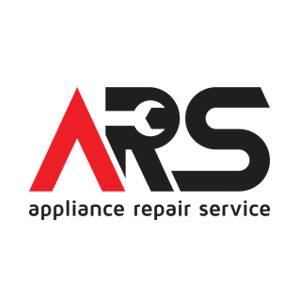
ARS Appliance Repair Service has been trusted across Toronto, Ottawa, and Southern Ontario for over a decade. Our licensed, manufacturer-authorized technicians specialize in repairing all major household and commercial appliances with genuine parts and warranty-backed service. From refrigerators and washers to ovens, dishwashers, and more, we restore appliances quickly, professionally, and correctly the first time, earning the confidence of homeowners and businesses throughout the region.
